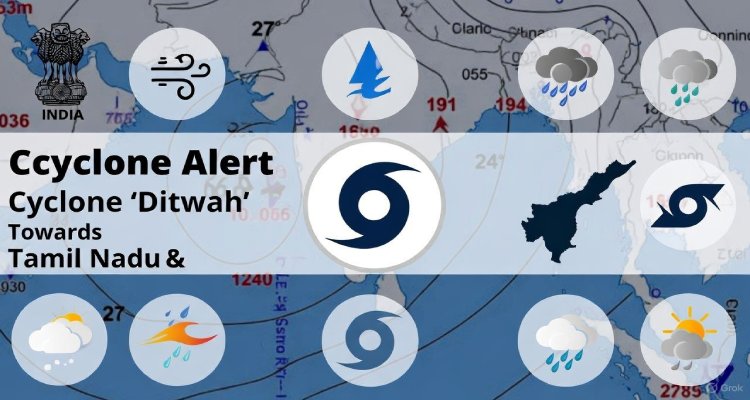The Rise of Apocalypse Tourism
Apocalypse tourism is booming as travelers seek thrill, danger, and survival experiences in climate-ravaged, war-scarred, and abandoned places worldwide.
Introduction: Traveling to the End of the World
What if your next vacation wasn’t about beaches, cocktails, or mountain hikes—but about standing at the edge of disaster itself? From visiting abandoned nuclear sites to trekking across drought-stricken landscapes, a new phenomenon is reshaping the travel industry: apocalypse tourism. Fueled by climate anxiety, media fascination, and a desire for “authentic” experiences, millions are flocking to places that look—or feel—like the end of the world.
Context & Background: From Curiosity to Survival Fetish
Apocalypse tourism is not entirely new. For decades, curious travelers have visited places like Chernobyl in Ukraine, the desolate ghost towns of the American West, or the ruins of Pompeii in Italy. These journeys offered eerie lessons about history, mortality, and human fragility.
But in recent years, the concept has evolved. Climate disasters, global conflict, and viral outbreaks have made “doomsday scenarios” feel closer than ever. Instead of imagining apocalypse through movies or video games, people now want to walk through it in real life—documenting their journey on Instagram, TikTok, and YouTube.
Travel agencies are responding. Specialized companies now organize trips to abandoned war zones, environmental collapse sites, and regions grappling with societal breakdown. What once seemed like fringe curiosity has become a billion-dollar niche industry.
Main Developments: Where Tourists Are Heading
Apocalypse tourism manifests in multiple ways:
- Nuclear Curiosity: Tours of Chernobyl and Fukushima have skyrocketed, especially after TV series and documentaries reignited global fascination with nuclear disasters.
- Climate Collapse Destinations: The Aral Sea in Central Asia, once one of the largest lakes in the world, now attracts visitors precisely because of its catastrophic shrinkage. Similarly, tourists flock to Greenland and Antarctica to witness glaciers before they vanish.
- War Tourism: In countries recovering from conflict—like Bosnia, Iraq, or parts of Syria—guides offer “frontline experiences” where travelers walk through bombed-out neighborhoods or deserted battlefields.
- Urban Decay Adventures: Cities like Detroit, Pripyat, and abandoned mining towns attract photographers and adventurers who crave the aesthetics of collapse.
Rather than seeking luxury, these travelers look for rawness and danger. For some, it’s about survival training. For others, it’s about collecting stories of having stood where civilization seems to crumble.
Expert Insight & Public Reaction
Experts are divided on this trend.
Dr. Lena Hartmann, a cultural anthropologist at the University of Munich, argues:
“Apocalypse tourism is a form of existential curiosity. People want to confront their deepest fears—climate collapse, war, extinction—in a safe but visceral way. It’s a rehearsal for survival.”
But critics say the trend often veers into “tragedy voyeurism.” Local residents, especially in war-torn or environmentally devastated areas, see outsiders taking selfies among ruins that represent real suffering.
Tourists themselves often frame it differently. Online forums are filled with travelers describing these trips as “life-changing,” “humbling,” or “a reminder of what matters.” In a world saturated with digital escapism, walking through real ruins feels grounding.
Impact & Implications: More Than Just Tourism
The rise of apocalypse tourism carries wider implications:
- Economic Relief: Struggling communities sometimes benefit from tourist dollars. Guided tours, local stays, and museum tickets bring much-needed income to devastated regions.
- Ethical Dilemmas: Turning tragedy into a spectacle risks disrespecting survivors and distorting history.
- Climate Awareness: For climate-related destinations, apocalypse tourism can act as a wake-up call—pushing travelers to advocate for sustainability after witnessing devastation firsthand.
- Psychological Shifts: Some psychologists warn that indulging too much in disaster zones may normalize despair or desensitize people to real-world suffering.
Tour operators are increasingly being called upon to establish ethical guidelines—ensuring tourism does not exploit tragedy but instead fosters education, empathy, and responsible storytelling.
Conclusion: Staring Into the Abyss, Together
The rise of apocalypse tourism reflects a world grappling with uncertainty. Whether motivated by thrill-seeking, existential reflection, or a search for authenticity, travelers are no longer avoiding the sites of destruction—they’re seeking them out.
As the 21st century continues to unfold with its share of crises—climate change, conflict, pandemics—apocalypse tourism may only grow. The challenge will be balancing curiosity with compassion, ensuring that these journeys remind us of humanity’s resilience rather than turning catastrophe into just another Instagram backdrop.
In the end, traveling to the ruins of yesterday may be one way we prepare for the uncertain tomorrows ahead.
Disclaimer: This article is for informational and educational purposes only. It does not promote unsafe travel or encourage visits to active conflict zones.











